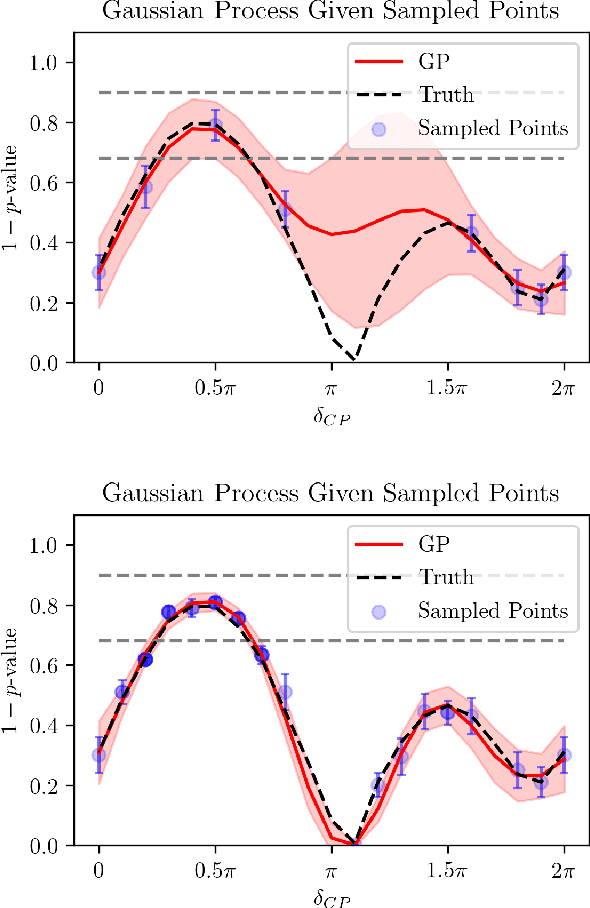Lingge Li
Bayesian Neural Decoding Using A Diversity-Encouraging Latent Representation Learning Method
Oct 13, 2019



Abstract:It is well established that temporal organization is critical to memory, and that the ability to temporally organize information is fundamental to many perceptual, cognitive, and motor processes. While our understanding of how the brain processes the spatial context of memories has advanced considerably, our understanding of their temporal organization lags far behind. In this paper, we propose a new approach for elucidating the neural basis of complex behaviors and temporal organization of memories. More specifically, we focus on neural decoding - the prediction of behavioral or experimental conditions based on observed neural data. In general, this is a challenging classification problem, which is of immense interest in neuroscience. Our goal is to develop a new framework that not only improves the overall accuracy of decoding, but also provides a clear latent representation of the decoding process. To accomplish this, our approach uses a Variational Auto-encoder (VAE) model with a diversity-encouraging prior based on determinantal point processes (DPP) to improve latent representation learning by avoiding redundancy in the latent space. We apply our method to data collected from a novel rat experiment that involves presenting repeated sequences of odors at a single port and testing the rats' ability to identify each odor. We show that our method leads to substantially higher accuracy rate for neural decoding and allows to discover novel biological phenomena by providing a clear latent representation of the decoding process.
Efficient Neutrino Oscillation Parameter Inference with Gaussian Process
Nov 16, 2018



Abstract:Neutrino oscillation study involves inferences from tiny samples of data which have complicated dependencies on multiple oscillation parameters simultaneously. This is typically carried out using the unified approach of Feldman and Cousins which is very computationally expensive, on the order of tens of millions of CPU hours. In this work, we propose an iterative method using Gaussian Process to efficiently find a confidence contour for the oscillation parameters and show that it produces the same results at a fraction of the computation cost.
 Add to Chrome
Add to Chrome Add to Firefox
Add to Firefox Add to Edge
Add to Edge